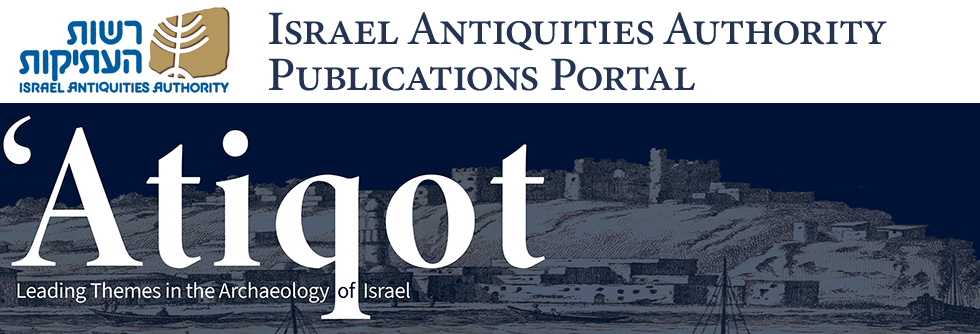Abstract
A salvage excavation conducted east of the hot water pools of ‘Ein el-Jarab, Ḥammat Gader, revealed building remains, comprising mosaic floors and flagstone-paved plazas, dating from the end of the Late Roman (Stratum 4), Byzantine (Stratum 3) and Umayyad (Stratum 2) periods. The buildings were apparently destroyed in the earthquake of 749 CE. The site was reoccupied in the ninth century CE, during the Abbasid period (Stratum 1). It seems that the structures and the plaza served the patrons of the hot springs, possibly as dressing rooms and as therapy spaces.
Keywords
Syriac inscription, zoomorphic figurine, water wells
Recommended Citation
Hartal, Moshe
(2022)
"Byzantine- and Umayyad-Period Structures near the Pools of ‘Ein el-Jarab, Ḥammat Gader(pp. 61–109),"
'Atiqot: Vol. 107, Article 10.
DOI: https://doi.org/10.70967/2948-040X.1847
Available at:
https://publications.iaa.org.il/atiqot/vol107/iss1/10
Included in
Agriculture Commons, Biblical Studies Commons, History of Art, Architecture, and Archaeology Commons

